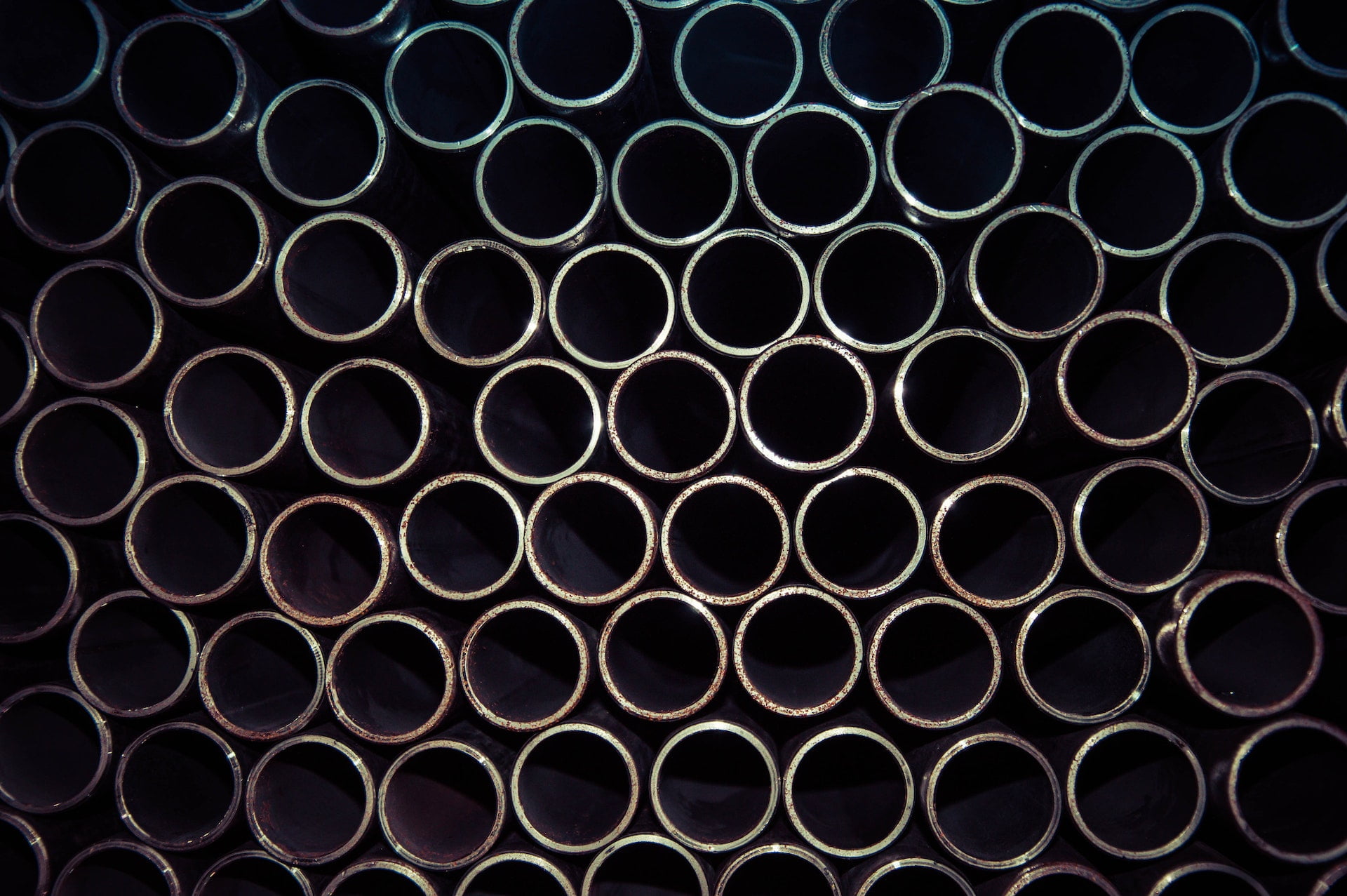When we say “metalworking” we often mean, for example, extremely durable tool steel or cast iron. However, the third material that can also come to mind is aluminum. This metal is extremely popular and has a wide range of applications. Perhaps it is not one of the most durable materials, at least in comparison with the two previously mentioned, but its lightness and properties allow it to be used in numerous industries. Therefore, we will meet aluminum in the transport, chemical and food sectors. Find out how aluminum components are made for these industries.
Machining aluminum – an easy or difficult task?
The main advantage of aluminum, which makes it such a popular solution, is not only its lightness, but above all its flexibility. Additionally, under the influence of heat, this material becomes even more susceptible to dimensional changes. It would seem, therefore, that it is an ideal material for heat treatment and the use of CNC technology. What’s more, the final product will be resistant to corrosion and a number of external factors. However, it should be borne in mind that there is no raw material with which to be neglected during production operations. Unless we want to get some extra work done at the finishing stage. Therefore, we have to choose the right processing method, depending on what product we want to obtain and pay attention to several key factors. First of all, you should monitor the feed speed while the milling machine is working, if you do not want the surface of the workpiece to deviate from our assumptions. It is also important to dissipate excess heat. If we are unable to provide adequate cooling, make sure we have specialized tools to avoid this issue.
Aluminum turning and milling
Aluminum processing methods that are worth distinguishing are turning and milling. Both can be classified as subtractive treatment that generates waste. So this means that a chip evacuation system will have to be developed so that the work can be carried out properly. During cutting process, we must also pay attention to whether the material is properly hardened. Otherwise, the whole process may be hampered. What should you pay attention to when milling aluminum? In addition to the appropriate temperature and cooling, you should take care of the right type of cutter. In this case, two or three-edge cutters will work. Much attention should also be paid to the surface finish.


